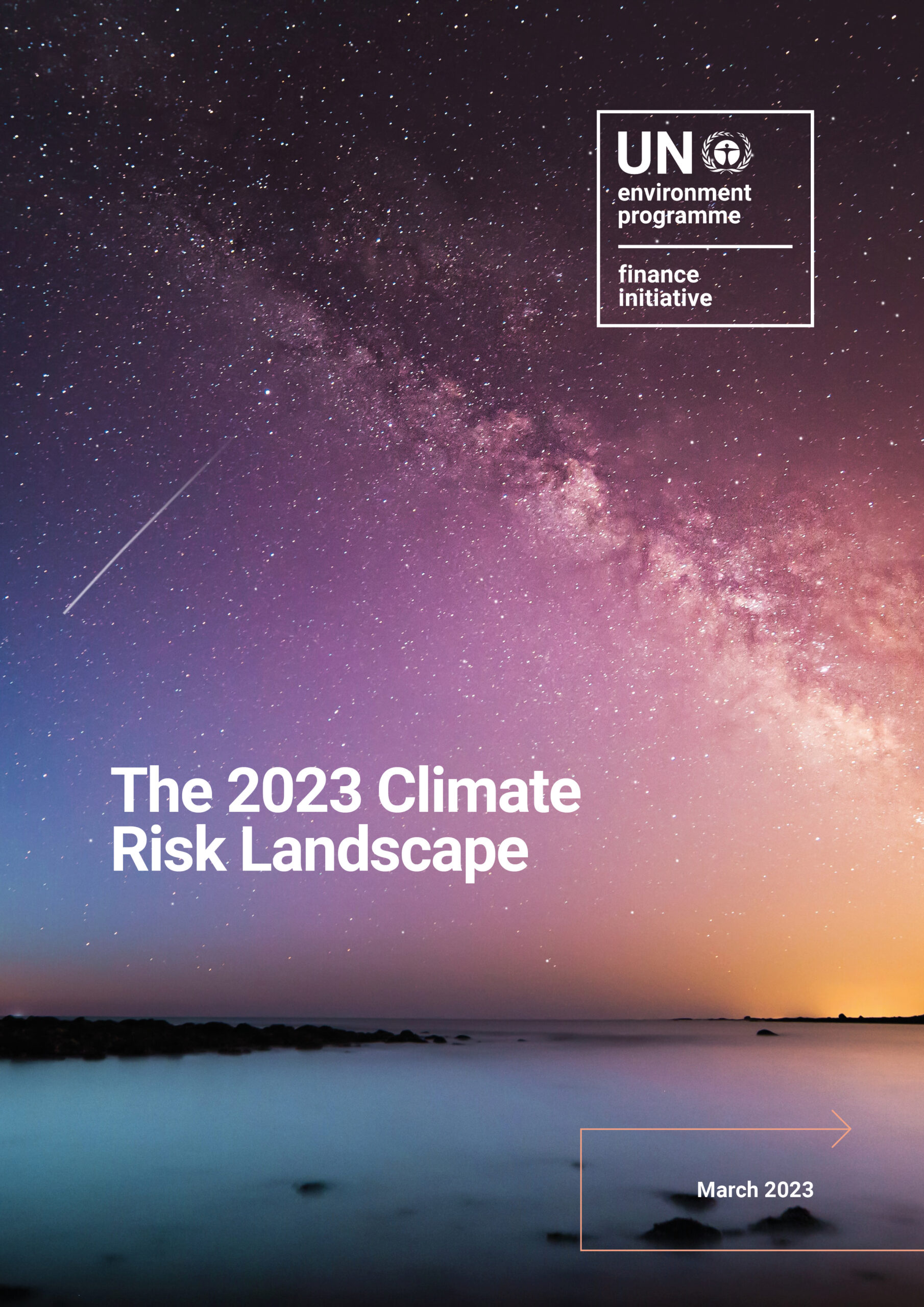With the impacts of climate change intensifying, there is a growing demand for adaptation and resilience (A&R) solutions across the real economy. Banks are in a unique position to not only strengthen their own resilience, but also support their customers and finance the technologies, products, and services that enable people, businesses and nature to become more climate resilient.
Building on previous climate adaptation target setting guidance, the new Practical Guidance on Implementing Adaptation and Resilience for Banks provides both a roadmap and resources to support bank action on climate adaptation and resilience, whether a bank is just beginning to address A&R or is seeking to enhance established practices.
The guidance is structured around the UN Principles for Responsible Banking Journey addressing adaptation and resilience in the three following areas:
- Strategy: qualifying and quantifying physical climate risk materiality and the adaptation and resilience opportunity
- Assessment: defining the bank strategy to manage physical climate risk and to pursue the adaptation and resilience opportunity
- Action: implementing the adaptation and resilience strategy through client engagement, policies, processes, and effective governance
These areas are further supported by an additional section centred around ensuring the bank’s A&R approach remains effective, responsive, and continuously evolves over time by learning from experience and new insights.
Recognizing every bank’s A&R journey is different, shaped by its starting point, resources, and strategic focus, the guidance outlines examples of actions and capabilities across three levels of practice: Getting started (foundational steps), Responsible practice (A&R integration in regular operations) and Leading practice (advanced integration) allowing banks to take action as relevant to their own context. While the guidance is broadly applicable, the real estate and agriculture & food sectors have informed the guidance to provide concrete illustrations and detailed scenarios of concepts found in the guidance.



